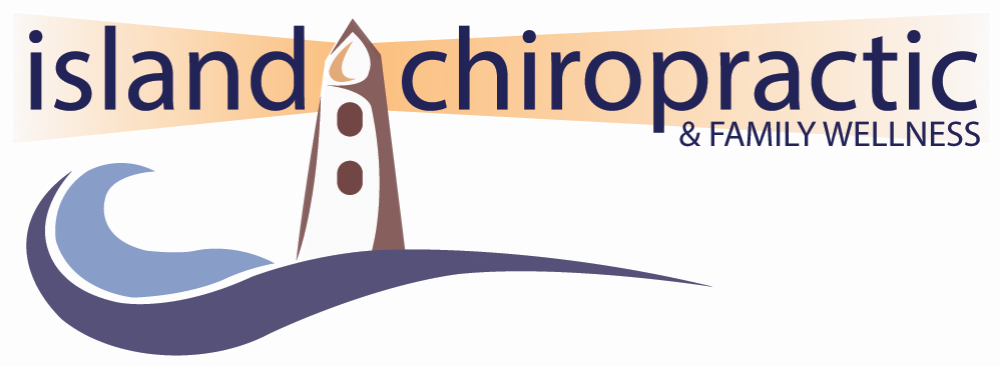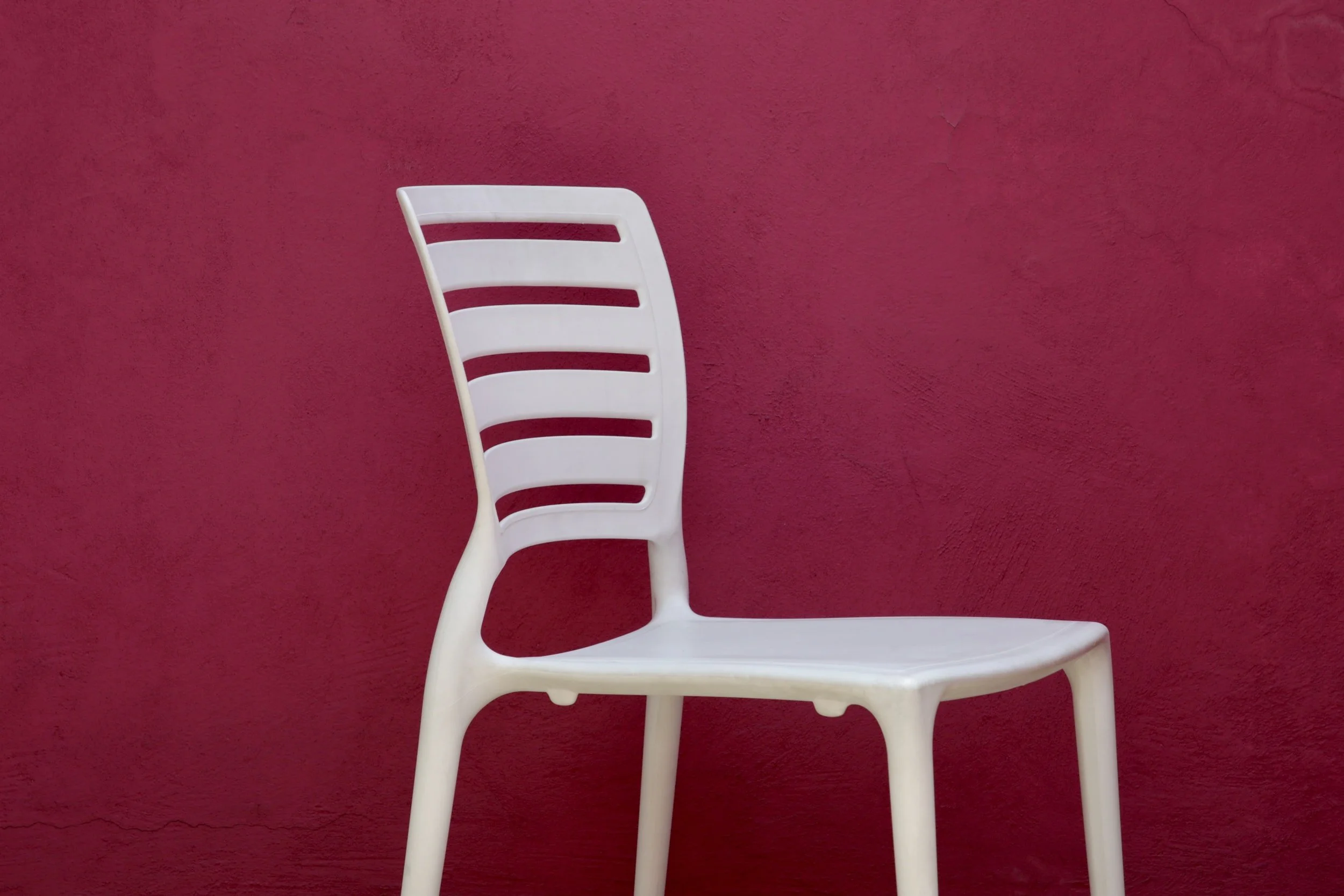It’s likely that you associate back pain with getting older, but you may be surprised to learn that it can be common in children and adolescents. The one year prevalence rate of low back pain (LBP) has been shown to be anywhere from 7% to 58%. In fact, the lifetime prevalence of LBP by age 20 has skyrocketed by a staggering 80% increase! As a result, we should pay careful attention to the habits and behaviours of the youth in our lives and find ways to provide them with relief if they are experiencing symptoms, as well as help them to prevent pain in the future.
What to expect during your first massage
Piriformis
Chair Yoga Poses
Fascia, Fascia, Fascia
Fascia, you may have never heard of it, but it is an absolutely integral network of thin connective tissue that holds your organs, blood vessels, bones, nerve fibres and muscles in place. Although it may appear as no more than a tightly woven cobweb, fascia plays an incredibly important role in the way you move and feel.spider
Hydrotherapy
Mom was right
Stand up straight
Modern people are hunched forward on their phones, computers, and behind the steering wheel all day long. This can be the cause of a lot of neck and back pain. It pushes our head and our centre of gravity forward, causing a strain our neck. It increases curve in your thoracic spine, which may prevent you from breathing properly with your diaphragm, further exacerbating pain and stiffness. Evolutionarily this slumped forward posture is a defensive position and triggers the release of stress hormones leading to even more tension.
By being a little more conscious of our posture we can stand straighter, move better and feel good. Get somebody to take a picture of you from the side and see what your posture looks like.
Your chin and neck should be back with your ears over your shoulders
Standing in a neutral position your thumbs should be pointing forward
Externally rotate the shoulders instead of pointing them toward each other
Your pelvic floor should be parallel to your diaphragm, you can accomplish this by tilting your pelvis posteriorly (similar to the motion made during intercourse)
Keep the front of the rib cage tucked down instead of flaring out.
If none of the above makes sense, or your side picture looks atrocious - call us today!
Change your environment
Try holding the phone up to look at it instead of looking down at it
Take frequent breaks from computer work and sitting
Stand and walk more at work and at home
Breath through your nose, which stimulants your parasympathetic (rest and digest) nervous system, and activates your diaphragm
Try corrective exercises that stretch the soft tissue that becomes tight from slumping and strengthen the tissue that become weak.
This will not be comfortable at first but your brain and body will adapt in time and your joints, soft tissue, and even your organs will thank you down the road.
Want to learn more about posture? Click HERE








